Cedar Lumber
- July 31, 2023
- 0 comment
Cedar lumber holds a cherished place among wood enthusiasts for its outstanding qualities and versatility. Derived from different species of coniferous trees such as Cedrus, Thuja, or Juniperus, this wood boasts exceptional natural beauty, durability, and a distinctive aromatic scent. Its popularity stems from its impressive resistance to decay and insect infestations, making it a preferred choice for a wide range of applications, from construction to woodworking and various outdoor projects.
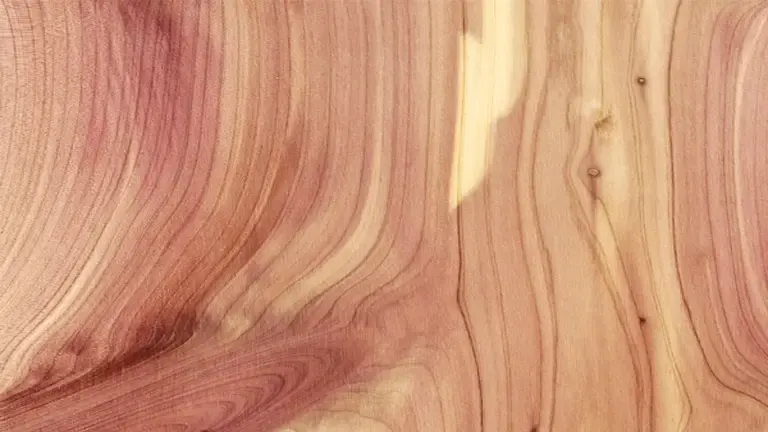
The pleasant reddish-brown color, accompanied by a fine and even grain, adds an element of elegance to any finished product. This inherent beauty, combined with the wood’s remarkable workability, further contributes to its appeal for both interior and exterior applications.
Cedar lumber’s captivating attributes make it a go-to option for numerous creative projects. The wood’s innate ability to withstand the test of time in outdoor environments has earned it a reputation as an ideal material for siding, decking, fencing, and other exterior constructions. Its natural oils and extractives provide a powerful shield against rot, fungi, and insect attacks, ensuring longevity and low maintenance for outdoor structures.
| Category | Information |
|---|---|
| Common Name(s) | Cedar, Western Red Cedar, Eastern Red Cedar, White Cedar, Atlantic White Cedar, etc. |
| Scientific Name | Varies by species (e.g., Thuja plicata, Juniperus virginiana) |
| Distribution | Found predominantly in North America and some parts of Europe and Asia. Specific species have varying ranges. |
| Tree Size | Height typically ranges from 50 to 200 feet (15 to 60 meters), with diameters of 3 to 8 feet (1 to 2.5 meters). |
| Average Dried Weight | Approx. 22-32 lbs/ft³ (350-510 kg/m³) depending on the species. |
| Specific Gravity | 0.35 to 0.51 depending on the species. |
| Janka Hardness | 350 lbf to 900 lbf (1,560 N to 4,000 N) depending on the species. |
| Modulus of Rupture | Varies by species, generally around 8,000-14,500 psi (55-100 MPa). |
| Elastic Modulus | Typically ranges from 1.1 to 1.9 million psi (7.6 to 13 GPa). |
| Crushing Strength | About 4,500-7,000 psi (31-48 MPa) depending on the species. |
| Shrinkage | Moderately low, with values around 2-5% tangentially and 1-2% radially. |
Characteristics
Color/Appearance
Cedar lumber’s warm reddish-brown color, coupled with its occasional light sapwood, creates an aesthetically pleasing and inviting appearance. Over time, when exposed to the elements, cedar gracefully weathers to a charming silver-gray patina. This natural aging process adds character and enhances its rustic charm, making it a favored choice for outdoor applications where weathering is embraced as part of the wood’s beauty.
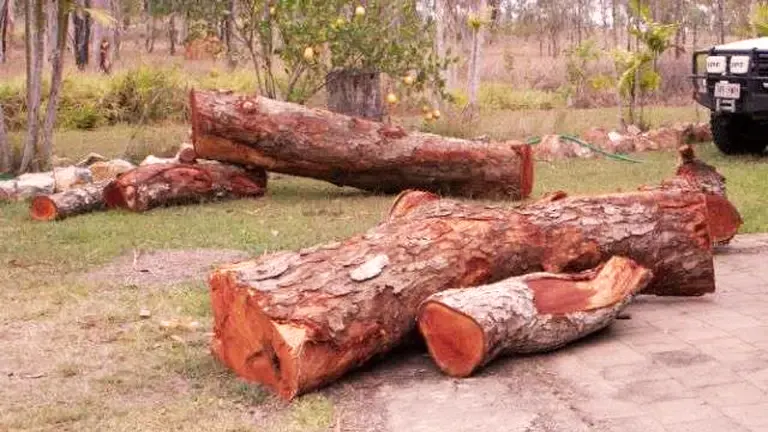

Grain/Texture
Cedar showcases a fine, even grain pattern with a straight and uniform texture. This consistency in grain contributes to its attractive appearance and smooth surface, allowing for easy finishing and crafting. The wood’s uniform texture makes it a joy to work with, as it glides effortlessly under cutting tools and planes, producing clean, precise results for various woodworking projects.
Rot Resistance
One of cedar lumber’s most remarkable features lies in its inherent rot resistance. The wood contains natural oils and extractives that act as a defense mechanism against decay, fungi, and insect attacks. This natural protection makes cedar an excellent choice for outdoor applications, such as siding, decking, and fencing, where exposure to moisture and insects is common. Its resistance to decay significantly prolongs the wood’s lifespan, reducing the need for constant maintenance.
Workability
Cedar’s workability is one of its prime attributes, making it a favorite among craftsmen and DIY enthusiasts. As a softwood, it is easy to work with both hand and machine tools. The wood exhibits excellent dimensional stability, meaning it is less prone to warping or twisting when exposed to changes in humidity and temperature. Additionally, cedar takes finishes, paints, and stains exceptionally well, allowing for creative customization and a beautiful end result.
Odor
The aromatic scent of cedar is one of its distinguishing characteristics. The wood emits a pleasant, natural fragrance that adds a delightful ambiance to indoor spaces. This fragrance has also led to the use of cedar in applications where its aroma is valued, such as in closets, storage chests, and other enclosed spaces.
Allergies/Toxicity
Cedar is generally considered non-toxic and safe to work with. However, like many woods, some individuals may experience mild skin or respiratory irritation when handling cedar due to the presence of natural oils and aromatic compounds. It is advisable to wear appropriate personal protective equipment (PPE) when working with cedar, especially for those sensitive to wood dust or allergens.
Pricing/Availability
Cedar lumber is widely available, particularly in regions where cedar species grow naturally. Pricing can vary based on the specific species, grade, and regional availability. While it is generally considered moderately priced, certain highly sought-after cedar species or specialty grades may command higher prices.
Sustainability
Many cedar species are considered sustainable choices due to responsible forestry practices. Look for reputable certifications such as FSC (Forest Stewardship Council) to ensure that the cedar lumber you choose comes from responsibly managed and harvested sources. Sustainable practices help preserve forests and ecosystems while promoting the long-term viability of cedar as a renewable resource.
Common Uses
Cedar lumber’s versatility and durability make it a popular material for various applications. Outdoors, it finds common use in siding, decking, fences, and outdoor furniture, where its rot resistance and natural beauty excel. Indoors, cedar is often used for paneling, closets, chests, and craftwork, where its aesthetic appeal and aromatic properties create a cozy and welcoming environment. Its broad range of uses makes cedar a cherished wood for both functional and decorative projects in various settings.

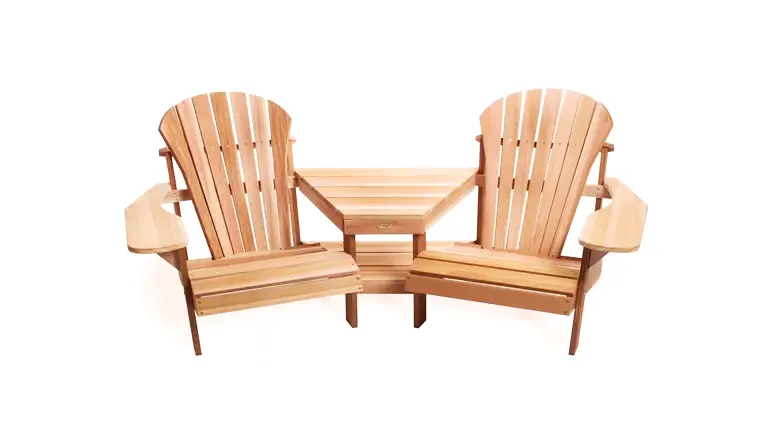
Various types of cedar lumber, from different genera like Cedrus, Thuja, and Juniperus, offer unique features and colors for diverse uses. Common types include:
- Western Red Cedar (Thuja plicata): Western Red Cedar is one of the most popular and widely used types of cedar lumber. It boasts a rich reddish-brown color with occasional hints of pink and purple. This species is renowned for its outstanding natural durability and rot resistance, making it ideal for outdoor applications like siding, decking, and fencing. It is also valued for its beautiful appearance and pleasant aroma.
- Eastern Red Cedar (Juniperus virginiana): Eastern Red Cedar, also known as Aromatic Red Cedar, has a warm reddish-brown to rich red color with a distinctive aromatic scent. It is a smaller species of cedar and is often used for interior applications like closet lining, chests, and craftwork. Eastern Red Cedar has excellent rot resistance, making it suitable for outdoor furniture and small outdoor projects.
- Alaskan Yellow Cedar (Cupressus nootkatensis): Alaskan Yellow Cedar, despite its name, is a species of cypress. It has a pale yellow to light brown color with a fine, even grain. This type of cedar lumber is highly valued for its exceptional strength and natural durability, making it suitable for various outdoor uses, including decking, boat building, and exterior structures in regions with challenging weather conditions.
- Spanish Cedar (Cedrela odorata): Spanish Cedar, also known as Cigar Box Cedar, is not a true cedar but belongs to the Meliaceae family. It features a reddish-brown color with a golden luster and a pleasant, cedar-like aroma. Spanish Cedar has excellent workability and resistance to insects and decay, making it popular for use in humid and insect-prone environments. It is commonly used for interior millwork, cabinetry, and cigar boxes.
- Port Orford Cedar (Chamaecyparis lawsoniana): Port Orford Cedar is a species native to the Pacific Northwest. It exhibits a pale yellow to light brown color and has a fine, even texture. This type of cedar lumber is known for its exceptional strength-to-weight ratio, making it suitable for applications where high structural integrity is required, such as boat building, exterior construction, and specialty joinery.
- Atlantic White Cedar (Chamaecyparis thyoides): Atlantic White Cedar is a species found in the eastern United States. It has a pale yellow to light brown color and a fine, straight grain. This cedar lumber is valued for its excellent rot resistance, which makes it a preferred choice for outdoor projects like decking, fencing, and boatbuilding.
Frequently Asked Questions
- Is cedar lumber suitable for outdoor use?
Yes, cedar’s natural resistance to decay and insects makes it an excellent choice for outdoor projects. - Can cedar be used for structural applications?
Cedar’s strength characteristics vary by species and grade, but some varieties are suitable for certain structural uses. - Does cedar require any special maintenance?
While cedar is naturally durable, applying finishes or sealants can enhance its longevity and maintain its appearance. - Is cedar lumber safe for food-related applications?
Cedar should not be used for food-contact surfaces, as its natural oils may impart unwanted flavors. - How does cedar compare to pressure-treated lumber?
Cedar is an appealing alternative to pressure-treated lumber as it is chemical-free and has a more attractive appearance. - Can cedar be stained or painted?
Yes, cedar can be stained or painted to achieve the desired aesthetic while still preserving its natural characteristics.
We’re eager to hear from you! Share your personal experiences and thoughts about Cedar Lumber in the comments section below. Your insights could be invaluable for others in making informed decisions!


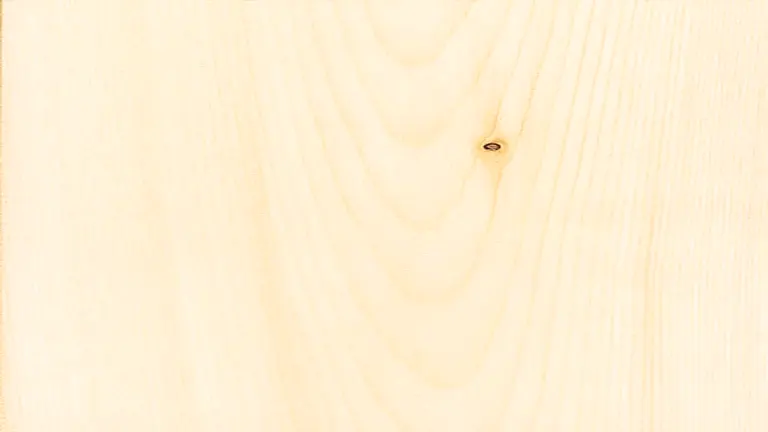
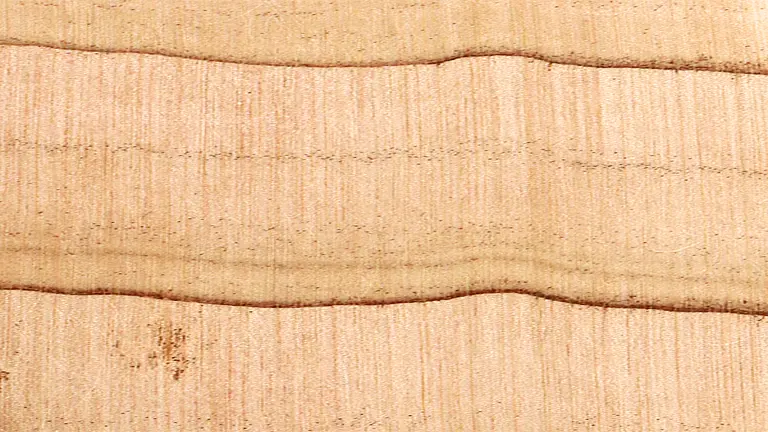
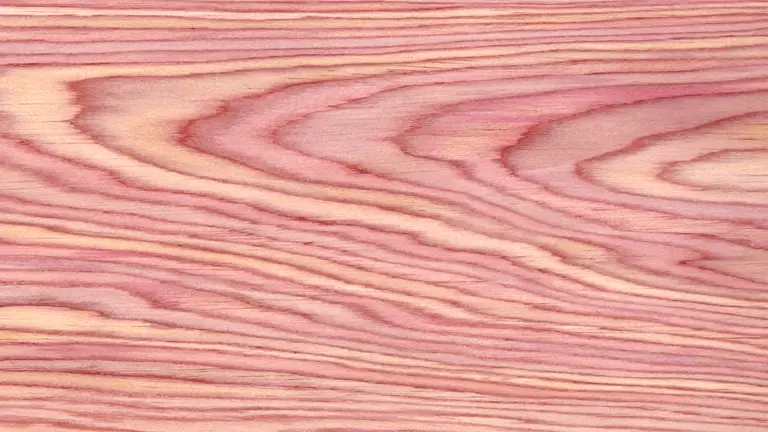
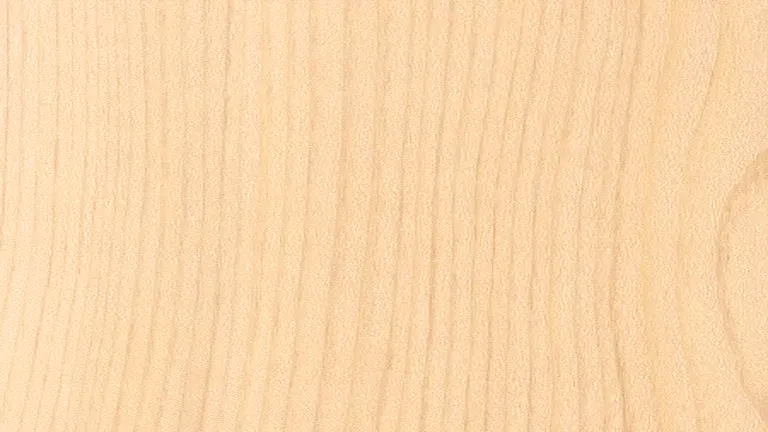
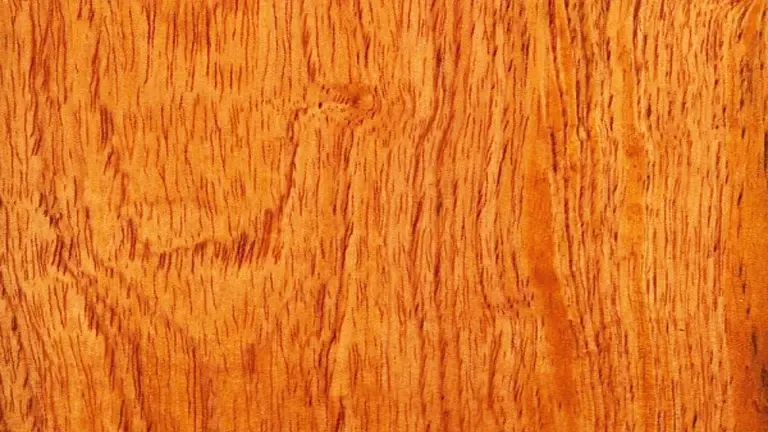
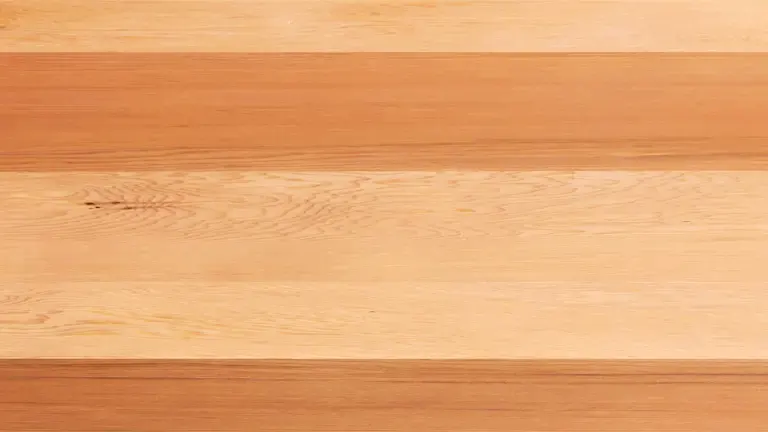


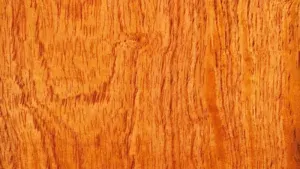

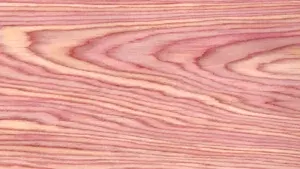

Leave your comment